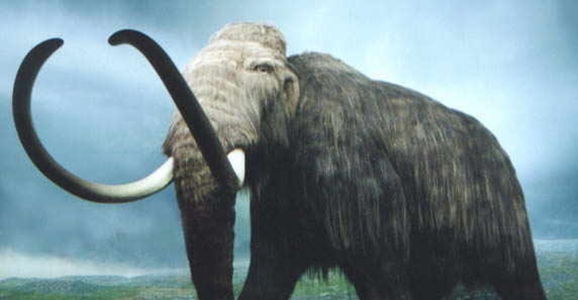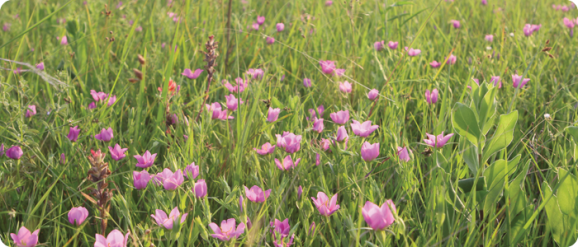Did Flowers Kill The Woolly Mammoth?
This article is more than 2 years old
 Next to dinosaurs, woolly mammoths are the most awesome extinct creatures. Their extinction, though, has always been more of a mystery. Most scientists have always thought that climate change was to blame, that the ice-age creatures were well adapted to the cold of the tundra and that the heating up of Earth was their undoing. Some scientists believe human hunters contributed to the extinction of the mammoths. Others think that an asteroid or comet may have done to the mammoth what it did to the dinosaurs. But an article recently published in Nature posits a more specific and developed theory — that the woolly mammoth became extinct because the tiny flowers they frequently snacked on died out.
Next to dinosaurs, woolly mammoths are the most awesome extinct creatures. Their extinction, though, has always been more of a mystery. Most scientists have always thought that climate change was to blame, that the ice-age creatures were well adapted to the cold of the tundra and that the heating up of Earth was their undoing. Some scientists believe human hunters contributed to the extinction of the mammoths. Others think that an asteroid or comet may have done to the mammoth what it did to the dinosaurs. But an article recently published in Nature posits a more specific and developed theory — that the woolly mammoth became extinct because the tiny flowers they frequently snacked on died out.
Woolly mammoths were vegetarian — in fact, they were vegan. They were seriously ahead of their time, weren’t they? They ate grass, or so scientists thought. An international team of scientists conducted a DNA analysis of mammoth poop (good times!) and frozen soil samples from Siberia and Alaska and determined that the mammoths dined primarily on little flowers called forbs, which are a main food source of modern-day cattle and bison. What’s surprising about these flowers is that they contain a high amount of protein, and are thus a far better source of sustenance than grass. They also make for a prettier picture, which is unexpected for the tundra.

The scientists involved in the research believe that the flowers were such an important part of the mammoth diet that, when the flowers died out about 25,000 years ago, they took the mammoths with them (and the rhinos too). But that opinion isn’t shared among all scientists. Another mammoth-poop-studying scientist from my alma mater the University of Michigan points out that modern-day elephants live on grass just fine — they don’t seem to need those pretty little flowers. He also thinks that the recent study uncovers a correlation, rather than a causal relationship. Perhaps the mammoth and the forbs died out at the same time — that doesn’t mean the mammoths died out because the forbs did. Mammoth poop happens to be a potent fertilizer, so if the flowers relied on that fertilizer to grow and then the mammoths started dying out, maybe that explains where the flowers went. It’s a chicken/egg debate, which means that the only way we’ll know for sure is to clone a woolly mammoth and ask it ourselves.












